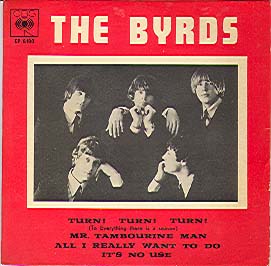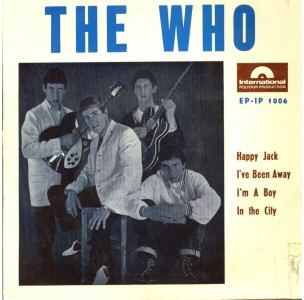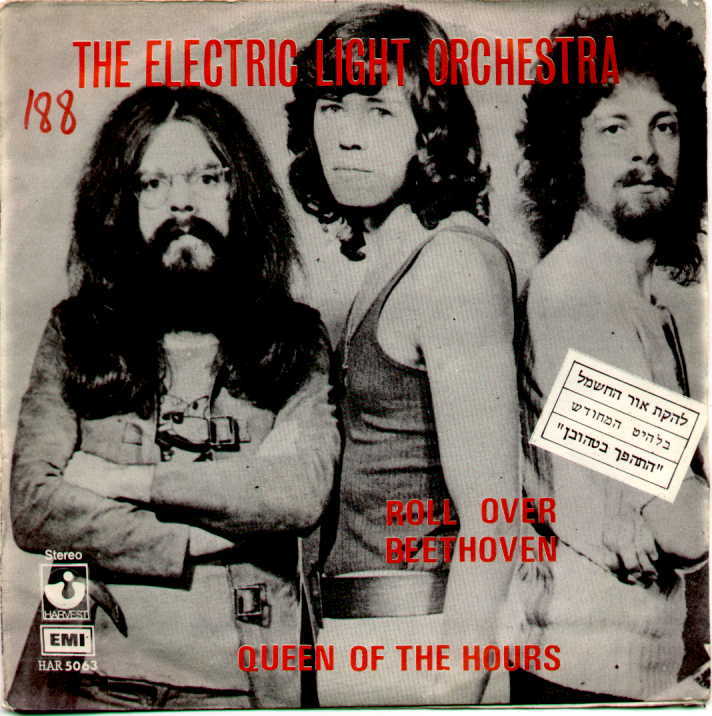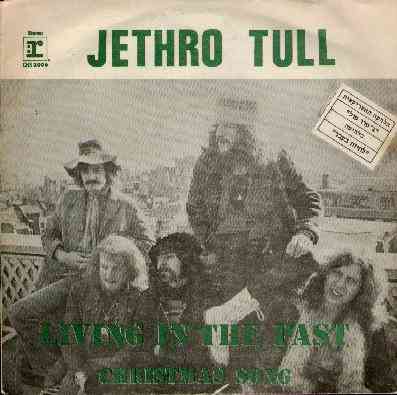| ISRAELI RECORDS WEB SITE |


| The Market
The Israeli music market is a small one.
Just to give you an idea of how small, an artist gets a gold record for the sales of 20,000 albums and a platinum album for sales of 40,000 albums. Back in the 60's , the market was much smaller and was dominated by Israeli folk artists who (of course) recorded folk music. The new rock styles were counted as a "threat" on youngsters, a music with dangerous culture and impacts. This is the reason why the government didn't allow the Beatles to come & play in Israel. Rock was a kind of an underground and once again, the market was small. The labels Israel is a small country and as a small country there were (and still are) here only a few record labels (today there are many small labels too).
There are two major labels during this time: Hed Arzi and NMC (formerly CBS (Israel)). Every label has its own contracts with other labels around the world to have the right to press their records in Israel. This is the reason why you can find here Grand Funk Railroad albums , a capitol recording group on CBS (with Capitol labels on the record). Except of Hed Arzi and NMC there were other great labels during the years: Phonodor, Helicon, Hataklit, some of them still exist but they are much smaller. DOCUMENTATION or actually lack of documentation is another problem.
It's quite hard to tell what was pressed here in each format. There's lots of information among collectors/dealers but it's not gathered into one big database and the record companies not always have documentation of what was available 30 years ago or more. The problem is not with the common records which are easily found but with the rarer stuff and the not "most collected" artists. For example, it's very easy to compile a complete Israeli Beatles discography (well, maybe not so easy due to all the label variations), but if you're trying to compile a Melanie discography it will probably miss a few records that no one remembers if they were pressed here or not. There are few more "problems". The following two are very common with records pressed during the 60's and early 70's : 1. Rumored Existence: There's always someone who claims he saw a Israeli copy of an early Pink Floyd single or a Led Zeppelin one while all other collectors/dealers deny its existence (there weren't any Pink Floyd singles pressed in Israel, nor Zeps). The lack of a good database is the source of this problem.
2. Multi Variations: Many records were pressed here in different variations on every pressing.
The common variations are the label variations. You can find the Beatles' "Rubber soul" with four (or more) different labels. The more interesting variations are the cover variations. Take the Who's "Live at Leeds" for example. It was pressed here with a different cover from the UK edition that has live pictures on it. The first edition had a white background and text in Hebrew. The second one did not have the text and the third edition was without the text and with a red background instead of white. Sometimes another cover is rumored. Hawkwind's "Silver machine" single was pressed here with a unique black & white picture sleeve but there's one (honest, I must say) collector from England who claims that he has this single with color picture sleeve. No one ever saw it here in Israel and you can't argue with this fact , especially when this different pressings matter was common. The fact that some of these record labels no longer exist is making it even harder to check the true facts. A great story which demonstrates all the above is about a huge collection that was discovered around 1998-2000.
The collection belonged to a former Hed Arzi warehouse worker who died a few years earlier. The man took home a copy or two of every record released and never played them. All records were kept in protective boxes, never saw daylight never breathed the air outside and were found in perfect mint condition. Just as like they were pressed yesterday. When the boxes were opened, even the most experienced dealers & collectors were amazed when they saw some of the records for the first time in their lives, especially in such a perfect condition.
This demonstrates once again, that no one can tell the complete story of the Israeli record industry. 2017 Update: This website was originally created around the year 2000. Since then many websites documenting vinyl releases were created by record collectors and information about Israeli pressing records is more accessible but documentation is still partial. Thanks to record collectors and vinyl crate diggers who share their knowledge & collections in social media, the knowledge base is constantly growing.
To get more specific information please use the follwoing links: |



